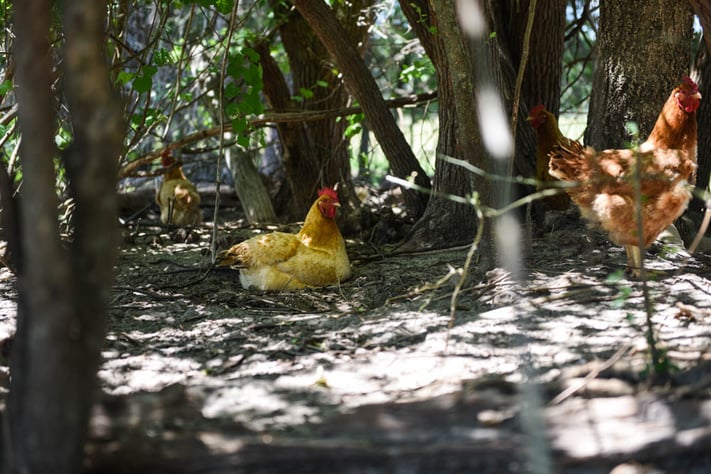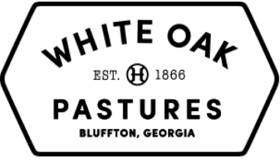
We receive 4200 day-old chicks from our hatchery each week. Before hatching, chicks absorb their remaining egg yolk into their abdomen. The absorbed yolk provides several days of nutrition once the chick hatches. This is key for shipping day-old chicks because they do not need nourishment while they travel. When the chicks arrive at our farm, they are immediately transferred into our brooders. We have worked hard to prepare the brooders for their arrival. Everything is in order, newly cleaned, and cozy.
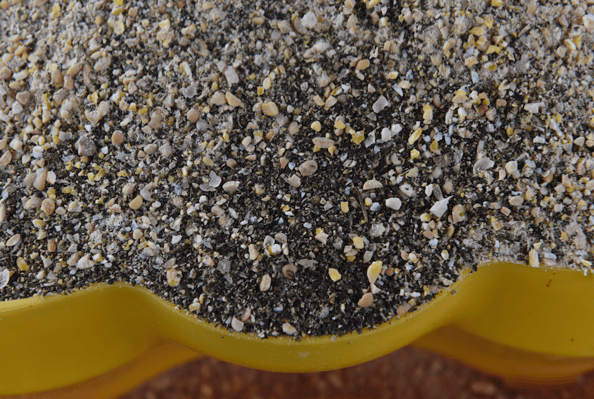
Chicks cannot regulate their own body temperature for the first several weeks of life, so it is important that we keep the brooders warm. We heat our brooders with propane heaters and regulate the temperature with fans in the summer. When the chicks first arrive the temperature should be between 90°F. This temperature decreases with every successive week.


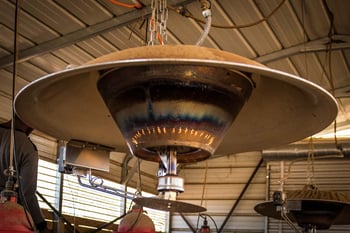
We use either pine shavings or peanut hulls as brooder bedding. The state of Georgia produces 42% of America’s peanut crop. The county our farm is located in, Early County, is the second highest peanut producing county in Georgia. We are proud to engage our local agricultural community by making use of their peanut waste. These fluffy, dry, hulls make great bedding for our brooders on our Mill Pond pasture. The Mill Pond land was recently farmed industrially. Consequently, we are doing all we can to increase the soil organic matter of this pasture. When we pull the Mill Pond brooders to fresh pasture, we leave the peanut hulls behind and spray them with biofertilizer. This encourages rapid breakdown of the hulls and increases the pasture’s available organic matter. For our brooders that we made out of converted semi-trailers, we use pine shavings. These pine shavings are shoveled out and composted between broods.

Our chicks are started on starter feed along with grit and kelp supplements. We progress the brooder in terms of waterer type- from bell waterers to nipple bars. After four weeks, the chicks are ready to leave the brooder. We transport them on a trailer to their new home out on pasture. Here, our birds will live completely unconfined and can explore, peck, scratch, and run to their hearts’ content.
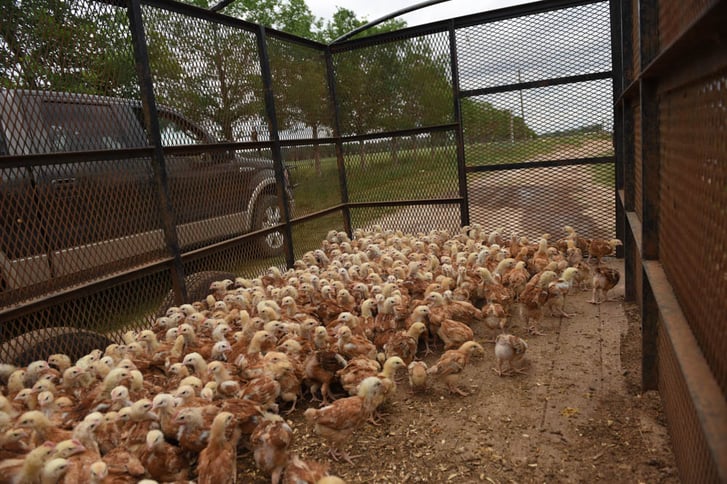
Our preferred breed- the Red Ranger- is a very hearty and active breed of chicken. Once on pasture, they will do plenty of roaming. Red Rangers have superior foraging abilities as compared to their industrially prefered counterpart: the Cornish Cross. Our Poultry Production Manager, Jeff Lackey says, “the Red Rangers travel- regularly travel 50 yards – that’s their morning walk. Easy.”
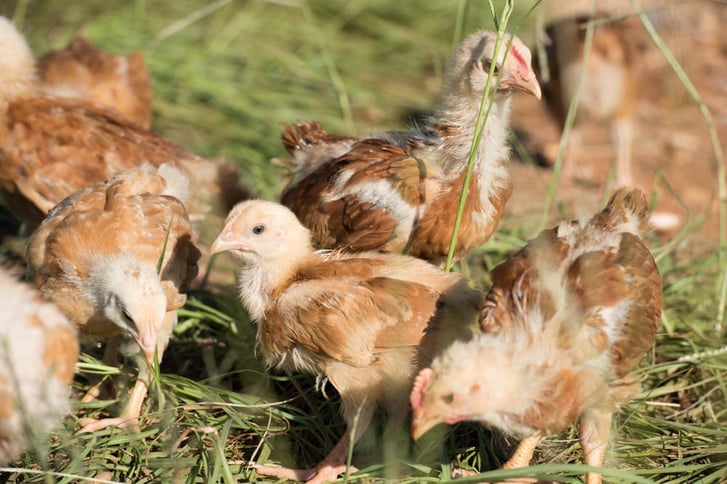
Once our birds have lived a completely unconfined life on pasture, the day comes when they are harvested. We are one of the only GAP5+ poultry producer in America. This highest level of Global Animal Partnership certification stipulates the birds be slaughtered on the same farm for minimum travel stress. We gather our birds at 4am when it is still dark and they are calm.


We believe in showing our animals the utmost respect; without their sacrifice, White Oak Pastures could not continue. All of us who make our livelihoods off of this farm depend on the daily sacrifice our livestock make. We provide them with the best, most natural life and our employees work hard in the rain and heat to make sure our animals are healthy, happy and safe. In turn, they nourish us and our community and provide a means for future generations of birds to live the same free, pasture-raised life.

